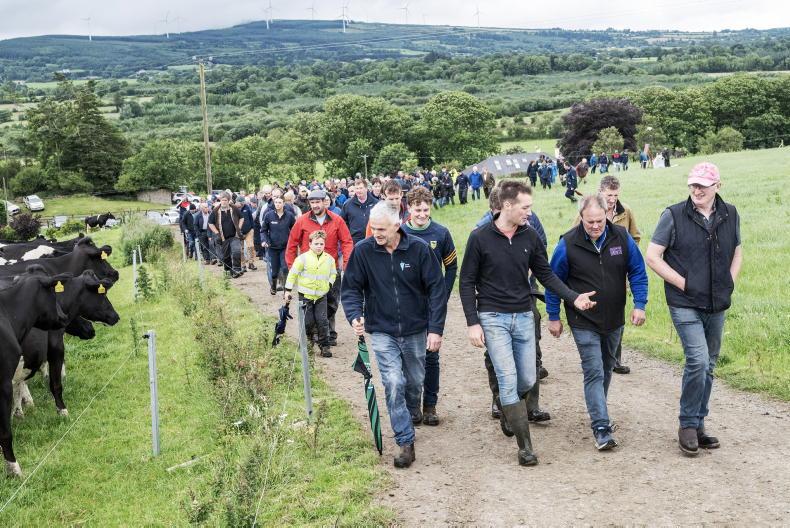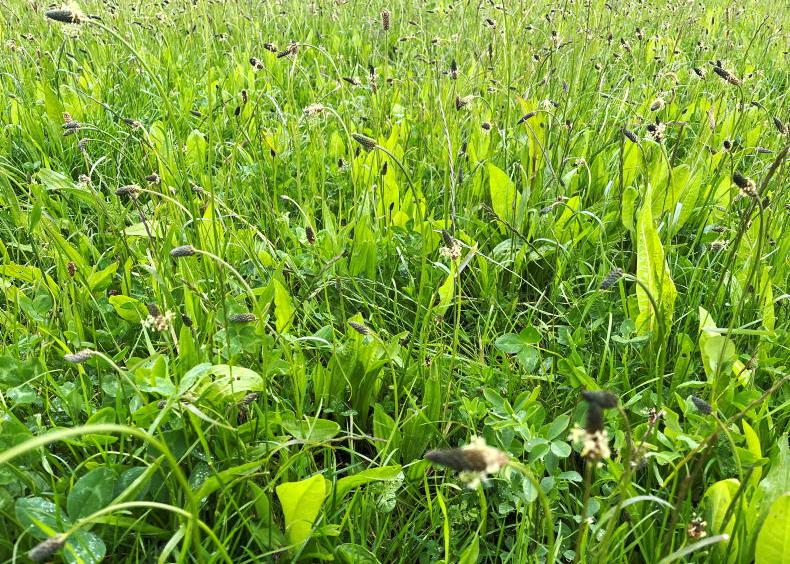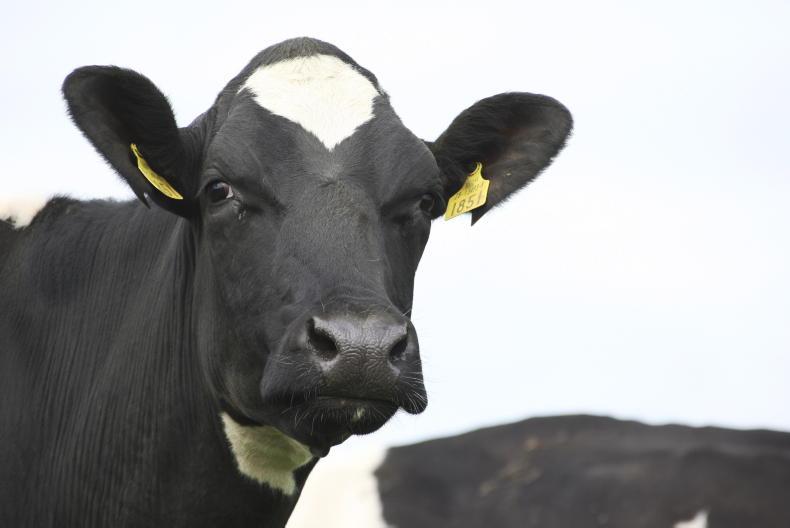The results coming from the assessment of a farm’s carbon footprint may provide an “incomplete, or potentially even misleading, representation of the impact of agriculture towards climate change”, a group of scientists has concluded.
In a paper published in the scientific journal Environmental Research Letters, scientists from various leading academic institutions considered the various methods used to assess the global warming potential (GWP) of the main greenhouse gases (GHG) emitted from farms.
At present, all national and international accounting systems assess the warming influence of each GHG relative to carbon dioxide (CO2 equivalent) over a time period of 100 years (GWP100).
However, GWP100 makes no allowance for the fact that methane produced by ruminants is short-lived in the atmosphere compared to CO2 released by the burning of fossil fuels which persists for centuries.
An alternative global temperature change potential (GTP) metric gives methane a much lower CO2 equivalent than under GWP100, while the relatively new GWP* metric aims to capture the differences between shorter and longer-lived GHGs.
Suckler beef
The latest study involved a life cycle assessment of a suckler beef system, where all emissions related to feed, fertiliser etc. to produce finished cattle, are included.
Using GWP100, around 40% of total emissions are attributed to methane released by the cattle during the rumination process, with an average emissions intensity of 29.8kg of CO2e per kg of liveweight. Where GTP100 is used, approximately 9% of emissions come from methane, and this intensity figure is recorded at 12.3kg of CO2e per kg of liveweight.
The results that would come from the GWP* metric depend on whether the cattle on the farm are a new source of emissions (an expanding herd) or whether cattle numbers remain steady.
Methane might be a short-lived greenhouse gas, but it is also potent, so under GWP*, an expanding herd will have a rapid increase in emissions intensity over the first 20 years (significantly above that calculated by GWP100).
But if cattle numbers are constant, methane released today is simply replacing methane in the atmosphere released 20 years ago – to reduce emissions the focus should be on lowering nitrous oxide (released when fertiliser is spread) and CO2 from fossil fuels.
“Out of the three assessments covered, GWP* provides the most complete coverage of the temporal evolution of temperature change for different greenhouse gas emissions,” concludes the study.
Read more
Carbon audits should show warming effect
Bailey and media overtalk methane effect
The results coming from the assessment of a farm’s carbon footprint may provide an “incomplete, or potentially even misleading, representation of the impact of agriculture towards climate change”, a group of scientists has concluded.
In a paper published in the scientific journal Environmental Research Letters, scientists from various leading academic institutions considered the various methods used to assess the global warming potential (GWP) of the main greenhouse gases (GHG) emitted from farms.
At present, all national and international accounting systems assess the warming influence of each GHG relative to carbon dioxide (CO2 equivalent) over a time period of 100 years (GWP100).
However, GWP100 makes no allowance for the fact that methane produced by ruminants is short-lived in the atmosphere compared to CO2 released by the burning of fossil fuels which persists for centuries.
An alternative global temperature change potential (GTP) metric gives methane a much lower CO2 equivalent than under GWP100, while the relatively new GWP* metric aims to capture the differences between shorter and longer-lived GHGs.
Suckler beef
The latest study involved a life cycle assessment of a suckler beef system, where all emissions related to feed, fertiliser etc. to produce finished cattle, are included.
Using GWP100, around 40% of total emissions are attributed to methane released by the cattle during the rumination process, with an average emissions intensity of 29.8kg of CO2e per kg of liveweight. Where GTP100 is used, approximately 9% of emissions come from methane, and this intensity figure is recorded at 12.3kg of CO2e per kg of liveweight.
The results that would come from the GWP* metric depend on whether the cattle on the farm are a new source of emissions (an expanding herd) or whether cattle numbers remain steady.
Methane might be a short-lived greenhouse gas, but it is also potent, so under GWP*, an expanding herd will have a rapid increase in emissions intensity over the first 20 years (significantly above that calculated by GWP100).
But if cattle numbers are constant, methane released today is simply replacing methane in the atmosphere released 20 years ago – to reduce emissions the focus should be on lowering nitrous oxide (released when fertiliser is spread) and CO2 from fossil fuels.
“Out of the three assessments covered, GWP* provides the most complete coverage of the temporal evolution of temperature change for different greenhouse gas emissions,” concludes the study.
Read more
Carbon audits should show warming effect
Bailey and media overtalk methane effect









SHARING OPTIONS